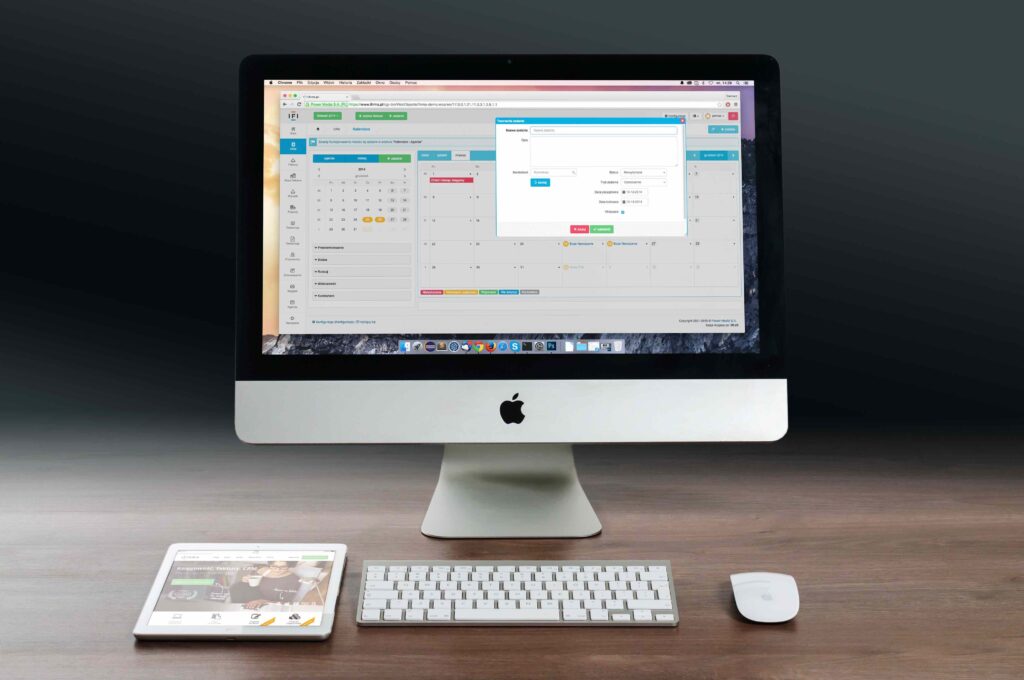The end-of-year holidays are quickly approaching, and I hope you will have a wonderful time celebrating the season. It also marks the last quarter of the year, which is a great time to review your workflows and make adjustments. If tweaking your grant tracking process is on your to-do list, read on. This article is for you!
If you break down the tasks a grant writer does during a typical project, you would find that they only spend a portion of their day on actual writing. The bulk of their tasks are devoted to grant management.
This includes several responsibilities, including tracking and researching upcoming grant opportunities to fill the funding pipeline, tracking in-process and submitted grant applications, and handling any post-award obligations.
As with any other form of project management, effective grant management requires systems and automation. One of the best resources for streamlining the grant management process is a nifty tool known as a grant calendar.
What is a grant calendar?
You can think of a grant calendar like a funding roadmap for the upcoming year.
This calendar should contain any important dates and deadlines related to:
- Past applications (submission dates, response times etc)
- Upcoming grant deadlines
- Project start and end dates (if applicable)
- Registration deadlines, including SAM.gov, state registrations, and tax filings
- Report due dates for awarded applications

Why is a grant calendar important?
Having all of these timelines on the same calendar will help you coordinate your funding plan. At a glance you can determine how many pending applications you have for a planned project and determine if there are enough upcoming grant opportunities to help cover any outstanding expenses.
Tracking grant timelines also prevents you from missing a deadline. Knowing when grant reports are due will also ensure that you are not scrambling at the last minute to get your documentation together. A little bit of planning can save a lot of future headaches.
Grant calendars can help you win more grants by keeping your grant process organized. If you give yourself plenty of time to write and draft grant proposals, you can make sure that you put forward the best application possible. You will also have the ability to submit more grants, which increases your chances of securing funding.
How to use a grant calendar template
You can use nearly any project management system to create a grant calendar. Software like Asana and Jotform have pre-made templates that you can adapt to fit your needs. You can also run a Google search for “grant management templates” and find dozens of Excel sheets made by professional grant writers.
I suggest starting by entering your pre-scheduled events into your calendar. This includes any fundraising events, project launches, or board meetings. This can help you identify time periods that may be less suitable for a resource-intensive grant application.
Then, pull information from your funding spreadsheet that lists out all of the grant opportunities you’ve identified in the upcoming year. (If you want to know more about grant research, I do a deep dive in my How to Find Grants workbook.)
Move the most promising opportunities, i.e. those that align the best with your organization’s mission and funding needs, onto the template. From there, you can order the deadlines chronologically and begin to add these dates in your calendar.
If you use a project management system like Asana or ClickUp, all you need to do is create a task for each grant application and assign a deadline. This will populate an internal calendar automatically. You can also sync these systems to your personal Google, Outlook, or Apple calendar.

Steps to manage a grant calendar
If you don’t set up and maintain your grant calendar correctly, it can end up wasting more time than it saves. Follow these grant management best practices to get the most out of your grant tracking system.
Keep it Relevant
Only add information about viable grant opportunities to the calendar. Schedule time once a quarter to review opportunities for the upcoming quarter. If there are any changes that impact your organization’s eligibility, remove it from the calendar. Also use this time to update changes to any application deadlines.
Make it Accessible
Ensure that everyone involved in the grant writing process can also access the calendar. Most project management systems have sharing features that allow you to share access to the calendar while keeping all other project management information private. This is especially useful if you are working with several nonprofit clients.
Revisit Frequently
Grant calendars are not set in stone. In fact, they are by nature very dynamic documents. You should be referring to your grant calendar on a weekly, if not daily, basis. You will have to update the calendar to add information about new grant opportunities or any deadlines associated with grant award requirements.






